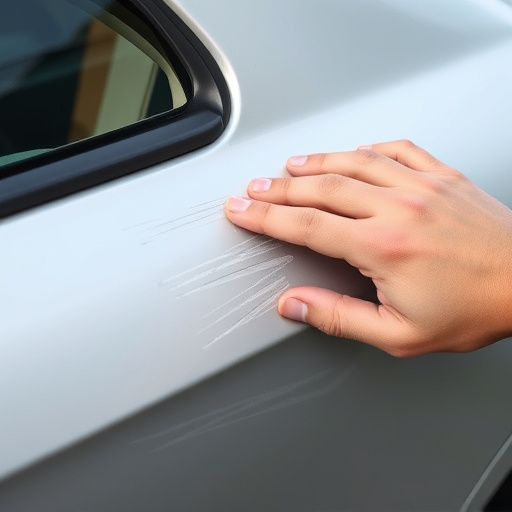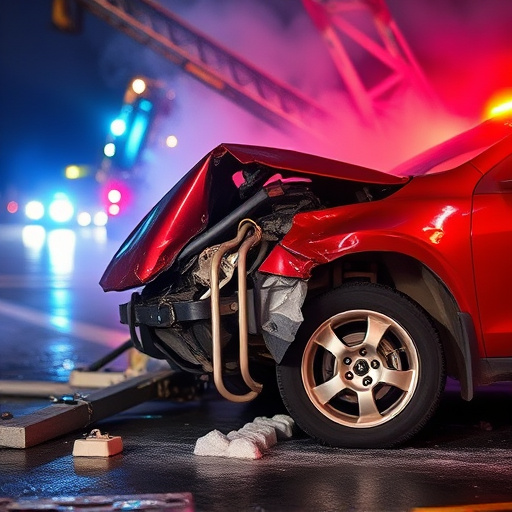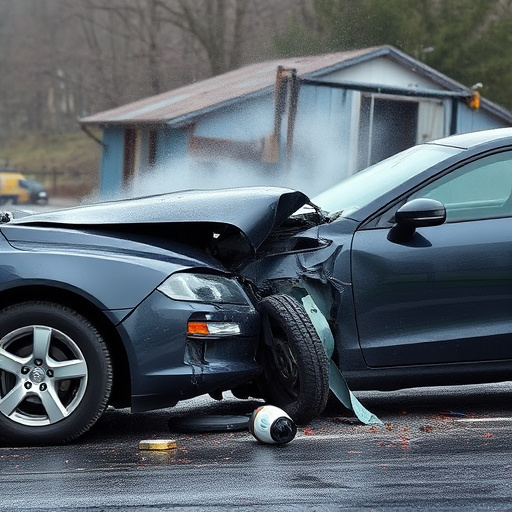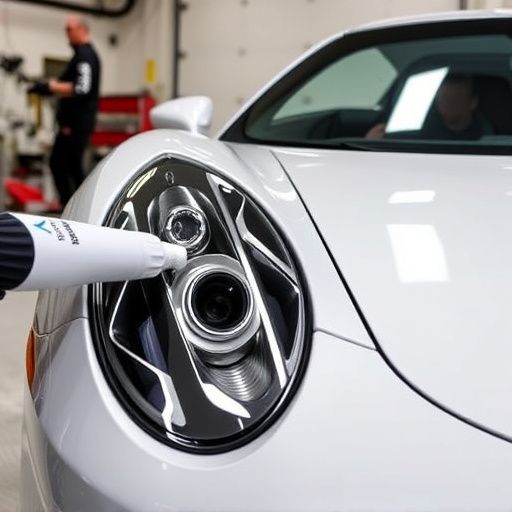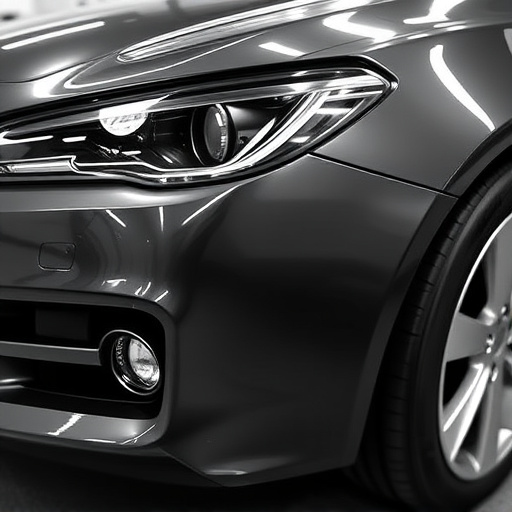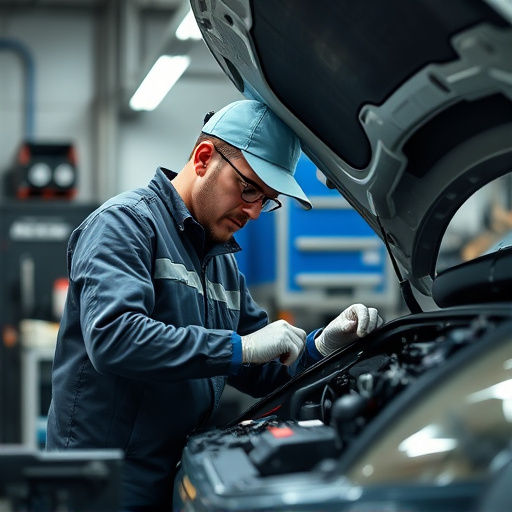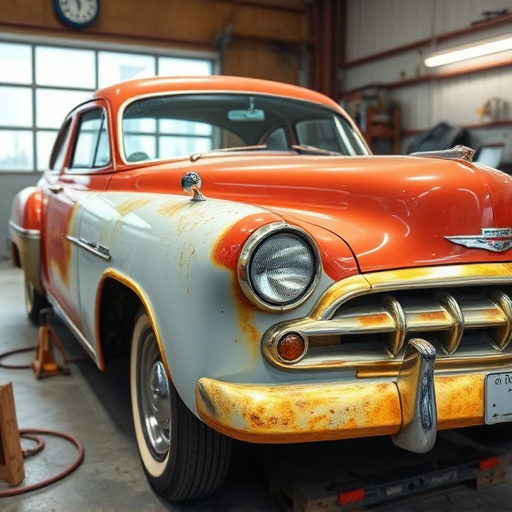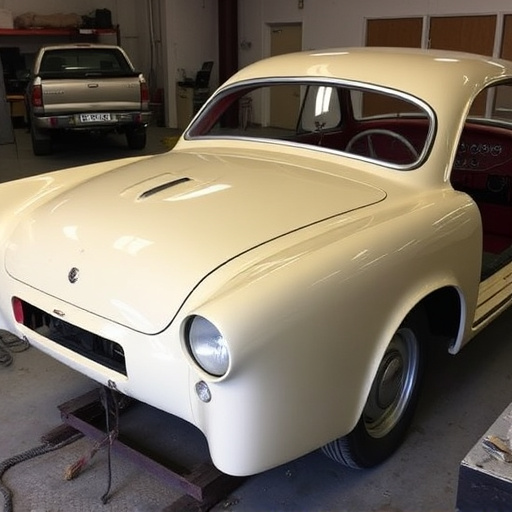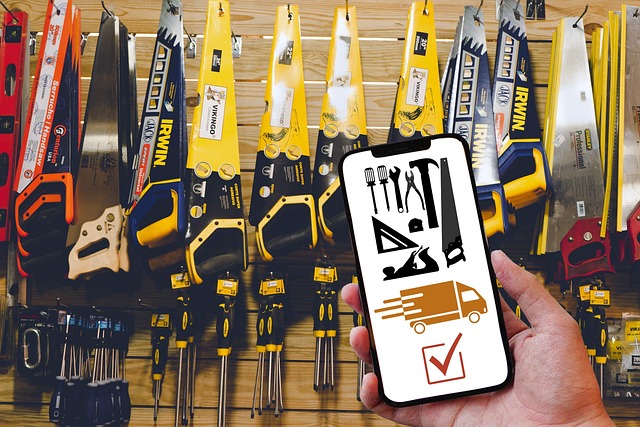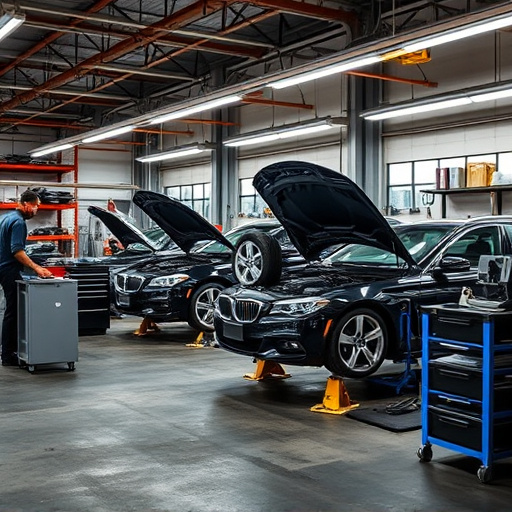Improper steering alignment after a collision is a serious safety issue, often overlooked. Misalignment can cause handling problems, uneven tire wear, and long-term vehicle damage. Professional mechanics with specialized tools are needed for severe cases. Regular checks and expert correction ensure optimal performance, prevent hazards, and maintain historical integrity in classic cars, addressing all collision-related repairs from auto glass to bodywork.
Driving safety is paramount, especially considering the potential consequences of a collision. One often overlooked aspect critical to enhancing driving safety is proper steering alignment. After a crash, it’s crucial to understand how steering alignment can be affected and what steps to take for re-alignment. This article explores these key areas, delving into the impact of improper alignment on driving safety and providing techniques for realigning steer to mitigate risks on the road.
- Understanding Steering Alignment After Collision
- Impact of Improper Alignment on Driving Safety
- Techniques for Realigning Steer and Enhancing Safety
Understanding Steering Alignment After Collision

After a vehicle collision, one often overlooked aspect that significantly impacts driving safety is steering alignment. While visible damage to a car’s exterior or structural integrity may be apparent, proper steering alignment is crucial for long-term safety and performance. A misaligned steering system can lead to uneven tire wear, handling issues, and even increased risk of future accidents.
During a collision, the impact can cause various components of the vehicle, including the steering mechanism, to shift or bend. This can result in what’s known as “steering alignment issues.” In severe cases, it might require professional intervention from experienced mechanics who specialize in car restoration or vehicle collision repair. They have the tools and expertise to assess and correct any misalignment, ensuring the car handles smoothly and safely on the road. For classic car owners, proper steering alignment is not just about safety; it’s also a key element in preserving the historical integrity of their vehicles during restoration projects.
Impact of Improper Alignment on Driving Safety

Improper steering alignment can significantly impact driving safety, often overlooked yet critical for vehicle handling and stability. When a car experiences a collision or accident, it’s not just the visible damages that need attention; the steering system could also be affected, leading to misalignment. This can result in erratic steering behavior, reduced control over the vehicle, and even increased risk of secondary accidents.
For instance, if a collision causes damage to the suspension or steering components, proper alignment becomes crucial for restoring optimal performance. An improperly aligned car may pull to one side while driving, exhibit uneven tire wear, or experience vibrations at certain speeds. These issues not only compromise safety but also indicate underlying problems that require professional attention, such as auto glass replacement and autobody repairs. Correcting the alignment through expert vehicle restoration services ensures the vehicle returns to its safe and efficient operating condition, preventing future hazards on the road.
Techniques for Realigning Steer and Enhancing Safety

Proper steering alignment is a critical component of driving safety that often goes overlooked until an issue arises. When a vehicle experiences a collision, it’s essential to have the steering aligned as part of the repair process. Techniques such as camber and caster adjustments ensure that wheels are parallel to the road surface and properly positioned for optimal handling. This, in turn, enhances stability and prevents dangerous situations like drift or loss of control.
Realigning steer after a car collision repair is crucial for several reasons, including improved vehicle tracking, reduced tire wear, and better overall performance. Auto body repairs that focus on steering alignment can prevent future safety hazards by ensuring the vehicle handles predictably at various speeds and road conditions. Regular auto maintenance checks should include an examination of steering components to ensure they’re in top condition, thereby safeguarding both drivers and passengers.
Steering alignment is a crucial aspect of vehicle safety, especially after a collision. By understanding the impact of improper alignment and adopting techniques to realign the steer, drivers can significantly enhance their driving safety. Remember that, in light of the above discussions, maintaining proper steering alignment is not just about aesthetics; it’s a critical step towards navigating the roads with confidence and ensuring a safer experience for you and your passengers.

